In my most recent design for this project, the clock's hands are moved by pulsing the clock's internal motor directly with a GPIO pin on the ESP8266. I was inspired to go with this method by this video: https://www.youtube.com/watch?v=XzXfadQXRn8. I soldered two thin pieces of magnet wire to pads on the clock PCB that connect to the coil on the board.
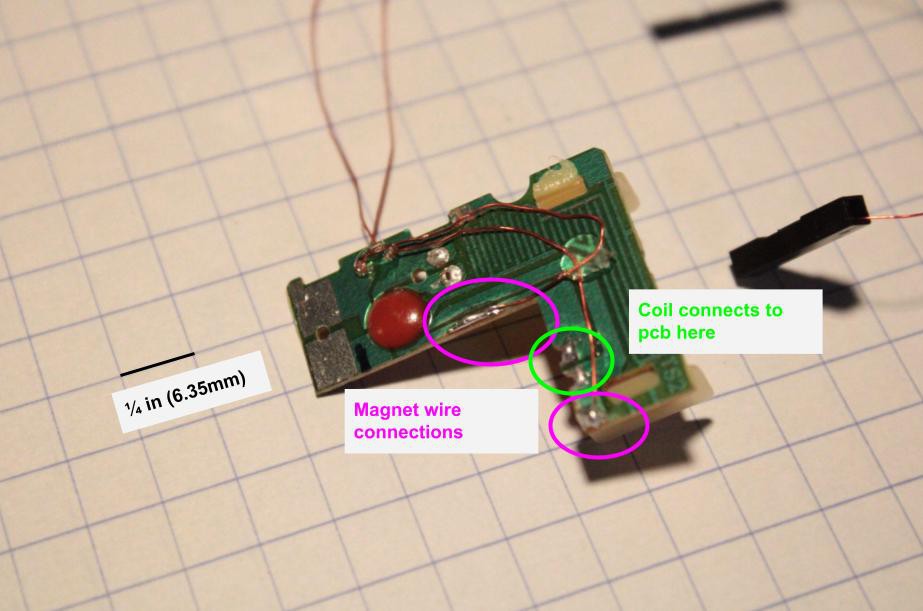
When the direction of current through the coil is switched back and forth, it spins a small gear with a magnet on it that drives the rest of the gears in the clock's movement.
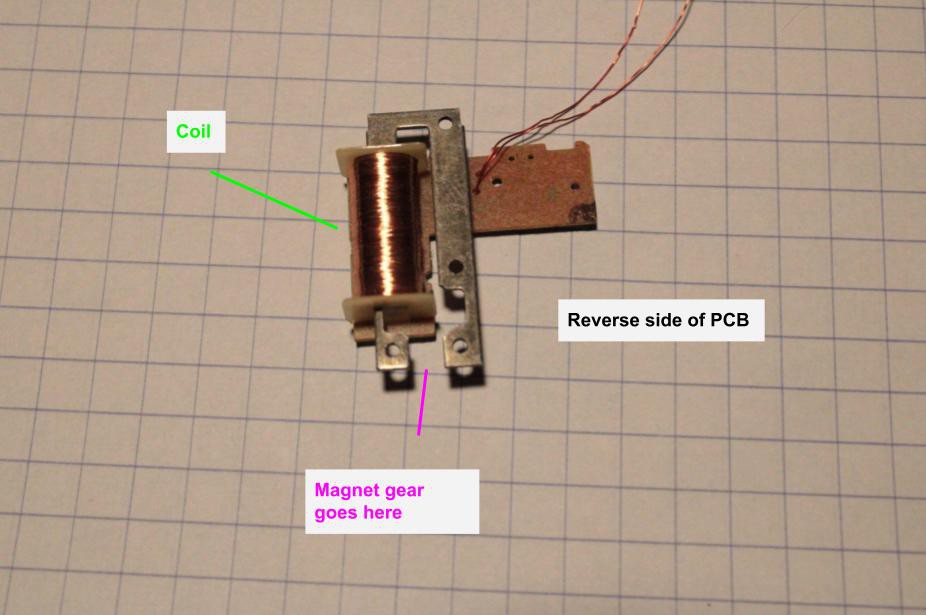
When reassembled, the clock movement looks like this:
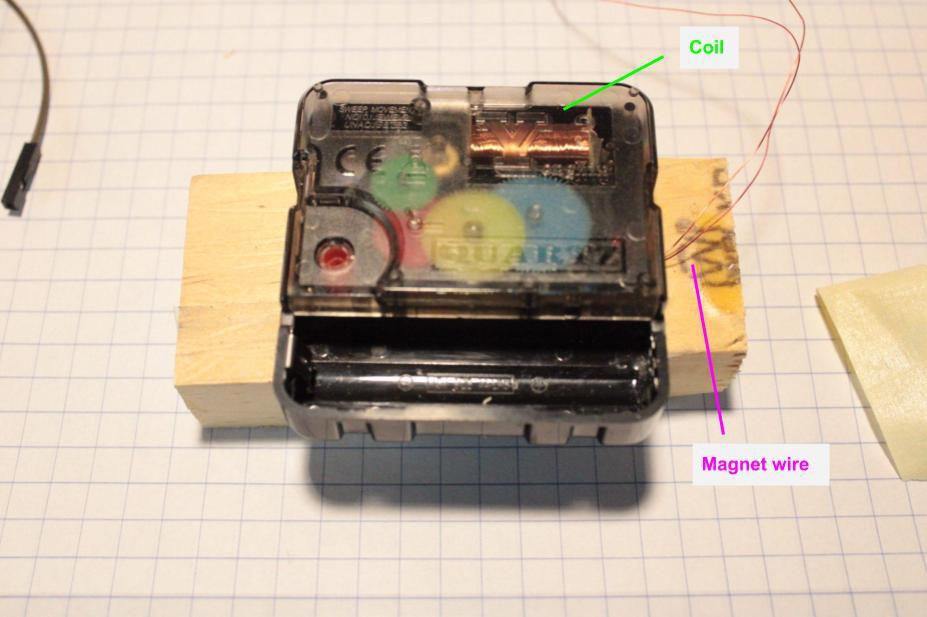
The clock movement fits into the back of the clock, and the completed control system looks like this:
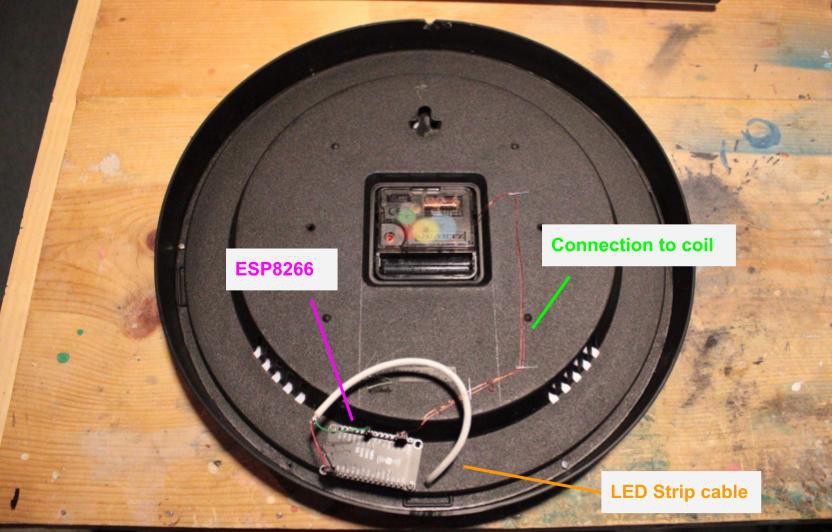
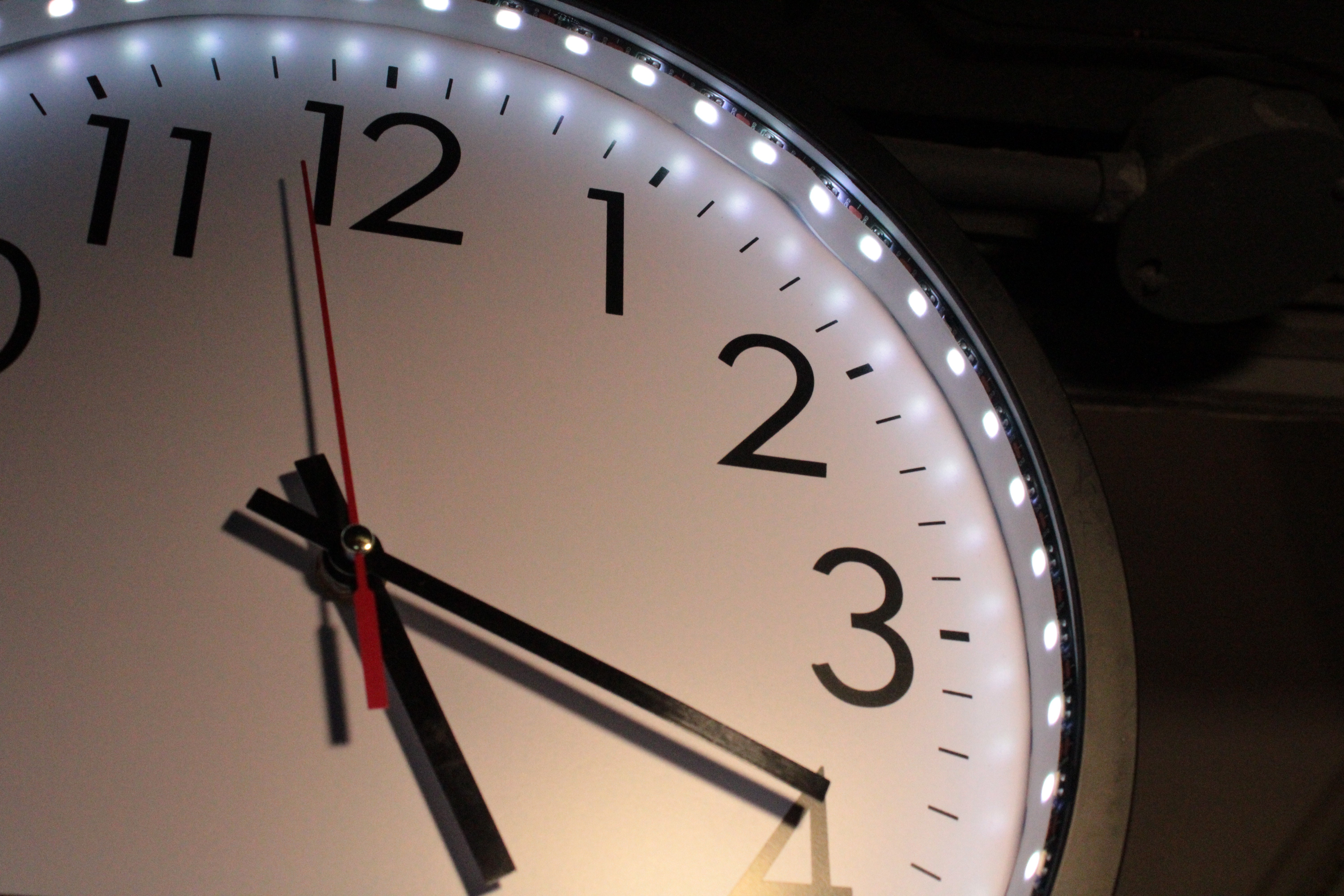
 Henry York
Henry York
Discussions
Become a Hackaday.io Member
Create an account to leave a comment. Already have an account? Log In.